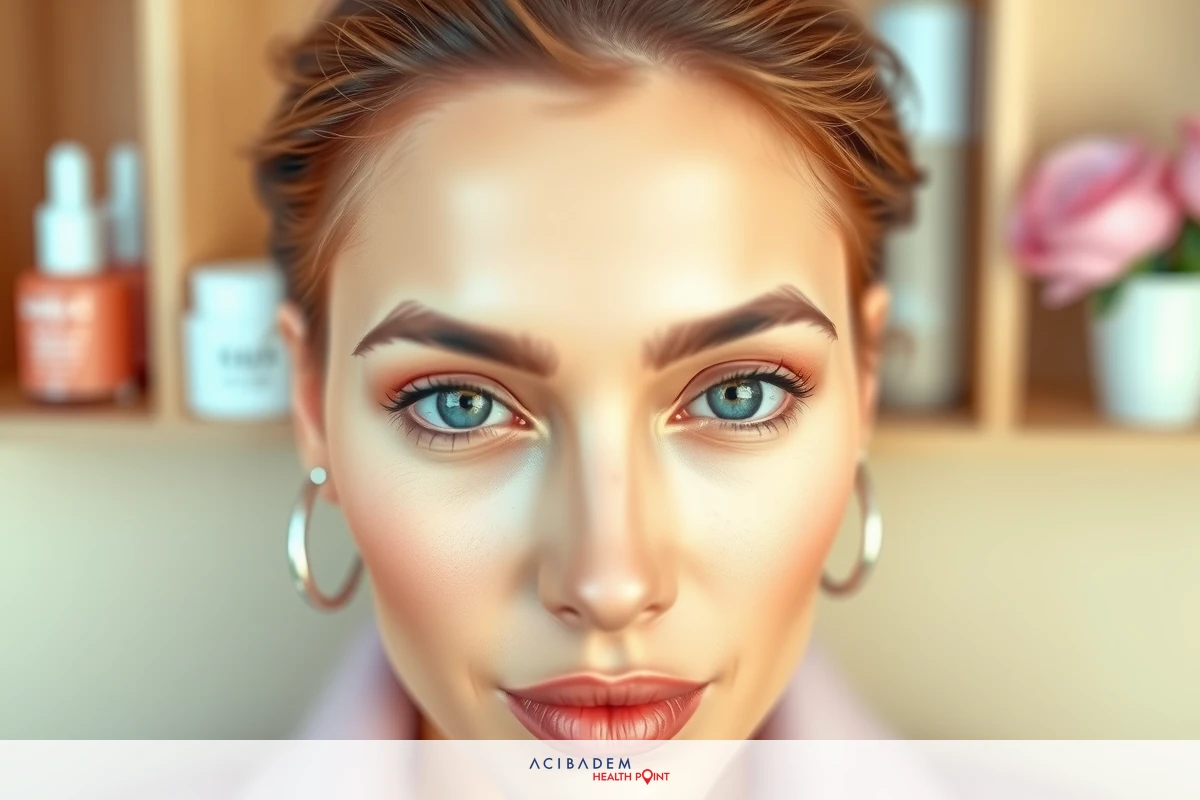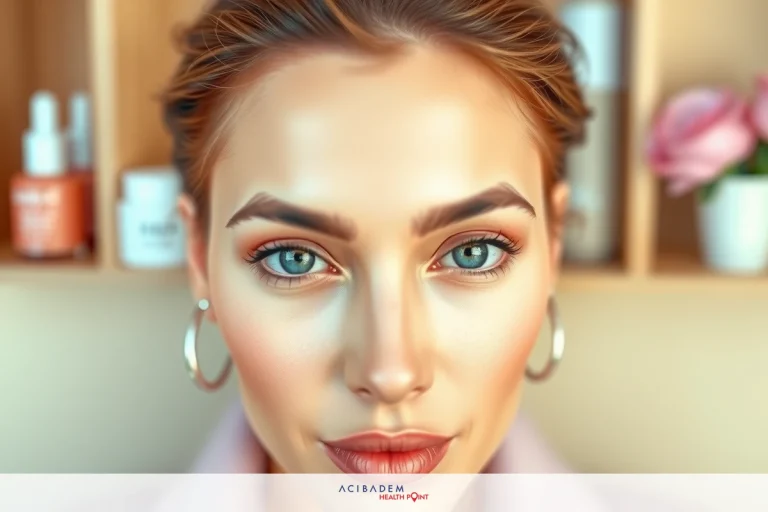How to Fix a Crooked Nose Without Rhinoplasty
How to Fix a Crooked Nose Without Rhinoplasty When considering options for rectifying a crooked nose, the immediate thought many have is rhinoplasty. Yet, it’s worth noting that this surgical intervention isn’t the only method available. There exists an array of non-invasive procedures offering comparable results without the associated risks and recovery time.
These non-surgical nose correction techniques provide an appealing alternative for those hesitant about surgery or who prefer less invasive methods. Techniques vary in their approach but share a common goal – improving nasal symmetry while minimizing discomfort and downtime. Understanding these options can empower individuals with crooked noses to make informed decisions about their treatment path.
The realm of cosmetic procedures continually evolves, introducing innovative ways to achieve desired aesthetic outcomes without resorting to surgery. Non-invasive measures for correcting a crooked nose fall within this trend – granting patients access not just to enhanced physical appearance but also bolstered self-confidence.
Non-Surgical Nose Correction
The field of non-surgical nose correction has grown exponentially, offering a wide range of treatments aimed at fixing a crooked nose without the need for invasive surgery. These procedures are known for their minimal recovery time and lessened risk compared to traditional rhinoplasty. The focus lies in restoring nasal symmetry while upholding the individual’s unique aesthetics.
One common technique used is filler injections, particularly hyaluronic acid fillers. These fillers have been proven safe and effective in reshaping the nose by filling divots or smoothing out uneven contours on the nasal bridge. They can also be used to lift the tip of a droopy nose, creating an illusion of straightness in cases where there is minor deviation from symmetry. This procedure requires precision and should only be done by experienced cosmetic professionals to avoid complications such as vascular compromise or skin necrosis.
Another prominent method in non-surgical nose correction includes laser treatments that target imperfections like bumps or lumps on the surface level of your nose skin. The high-frequency light beams break down these irregularities resulting in smoother skin texture which can give an appearance of more balanced features when viewed from different angles.
Thermage treatment uses radiofrequency energy to stimulate collagen production underneath your skin; this results in tightening saggy areas around your nostrils giving them a more symmetrical look over time with regular sessions needed for best outcomes.
Non-invasive septum correction devices are also available which employs gentle pressure applied through specially designed pads worn overnight leading to gradual alignment changes over several months’ usage.
Finally, facial exercises focusing on strengthening specific muscles may improve overall structure including those affecting nasal alignment; however, research into effectiveness remains limited thus far.
Each non-surgical approach holds its own advantages and potential drawbacks depending upon various factors such as patient’s aesthetic goals, tolerance for discomfort during procedure, patience required for visible results among others hence it becomes critical to have detailed discussions with your cosmetic professional before deciding on a treatment plan. This decision should be made keeping in mind the long-term effects and possible need for maintenance procedures, as non-surgical methods typically don’t offer permanent results like rhinoplasty does.
The advancements in non-surgical nose correction are heartening for those seeking less invasive solutions to their

crooked noses. By taking into account the individual’s unique facial aesthetics and goals, these techniques can bring about significant improvements in nasal symmetry without resorting to surgery.
https://www.acibademhealthpoint.com/can-rhinoplasty-fix-crooked-nose/
Nose Alignment Techniques
The pursuit of nasal symmetry is at the heart of non-surgical nose correction. There are multiple techniques at our disposal to align a crooked nose and enhance its appearance, each with its own unique approach and set of benefits. Below we delve into some popular non-invasive methods used today.
- Dermal Fillers: These can be injected into specific areas on the nose to alter shape and improve alignment. They work by adding volume where it’s needed, effectively smoothing out bumps or asymmetries.
- Nasal Splints: Designed for light deviations, these devices apply gentle pressure over time to adjust the position of your nasal cartilage.
- Thermage Treatment: This radiofrequency treatment stimulates collagen production under the skin resulting in tightened tissue around nostrils aiding in improved symmetry.
- Laser Treatments: High-frequency light beams target surface level imperfections like bumps or lumps which when broken down result in smoother texture thus providing more balanced features.
- Facial Exercises: Certain exercises aimed at strengthening facial muscles may potentially aid in improving overall structure including those affecting nasal alignment; however scientific backing remains limited.
- Septum Correction Devices: Non-invasive devices that apply gradual pressure leading to slow but steady changes in septum alignment over prolonged use.
These techniques strive towards creating balance within your existing features rather than radically altering them – this ensures a natural look post procedure while still achieving desired improvement in terms of straightening crooked noses or correcting other minor irregularities that might have been causing distress or self-consciousness among individuals seeking help for their aesthetic concerns without wanting to undertake surgical options such as rhinoplasty.
https://www.acibademhealthpoint.com/can-rhinoplasty-fix-crooked-nose/
Frequently Asked Questions
What exactly is non-surgical nose correction?
Non-surgical nose correction refers to a range of procedures used to alter the shape, structure or symmetry of the nose without resorting to invasive surgery. This can include techniques such as dermal fillers, laser treatments and radiofrequency-based therapies.
How long do results from these procedures last?
The longevity of results varies greatly depending on the specific procedure. For instance, hyaluronic acid filler injections can typically last between six months and two years before requiring reapplication. It's best to consult with your cosmetic professional for an accurate timeline based on your chosen treatment.
Are there any side effects associated with non-surgical methods?
As with any medical procedure, some potential side effects exist even though they are generally less severe than surgical alternatives. These might include temporary redness, swelling at injection sites or minor discomfort during treatment process; however serious complications are rare when performed by experienced professionals.
Can anyone opt for non-surgical nose correction?
While these procedures offer a more accessible route towards nasal symmetry compared to surgery, they might not be suitable for everyone - especially those with severe structural issues needing extensive reshaping that cannot be achieved through minimally invasive means only. Consultation with a knowledgeable professional will help determine if this approach is right for you.











